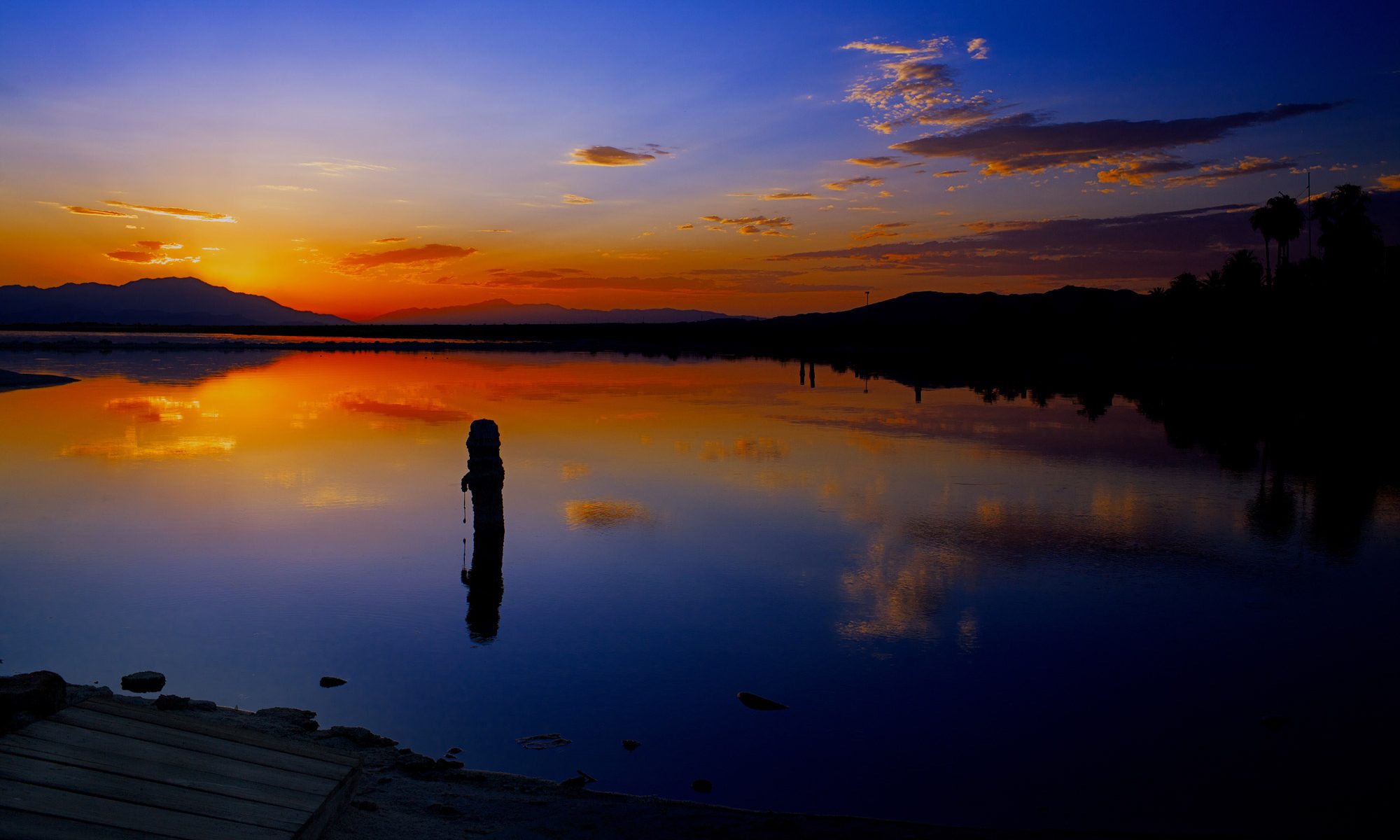Opinion column by Joe Mathews:
Why do we still call it the Colorado?
Sure, the river begins in the Colorado Rockies. But in law and practice, the waterway making headlines is clearly the California River. And the first provision of any deal to save the river should rename it accordingly.
This condition wouldn’t be about Golden State pride. Instead, a name change would more accurately reflect the imperial role California plays in the movement of water, people, and power in the American West.
Right now, the Grand Canyon-sized divide over how to reduce the amount of water drawn from the rapidly diminishing river is being portrayed as a dispute between states. On one side, six states that rely on California-nee-Colorado water — Arizona, Colorado, Nevada, New Mexico, Utah, and Wyoming — have come together to demand cuts in water use that would fall heaviest on California.
In response, California water officials have produced a plan emphasizing how our state’s rights to the water are more senior than those of our Southwest neighbors. Their newly released plan would cut less from California’s take, and more from Arizona and Nevada. In the Wild West of Water, this argument — We stole it first! We stole it fair and square! — is a strong legal position.
But such descriptions of the fight fail to capture the true dynamics of the situation — that California is less a state than an empire, and the six states challenging it over water are California colonies. California is by far the richest and most dynamic area in this half of North America. California has more residents and a bigger economy than all the other western states of the U.S. put together.
In recent generations, California, like other great empires through history, has grown so much that it has exported people, money, and culture to nearby territories. California’s investment has helped make the intermountain West the nation’s fastest-growing region
Many of the greater West residents are native Californians, or immigrants who came through the Golden State. Nevada is the most Californian state; with nearly as many California natives (20%) as Nevada natives (25%), and more than 90% of its population living within 50 miles of the California border. But Californians have also provided sizable percentages of new residents to Utah, Colorado, and Arizona, where one out of every 10 residents was born here.
Moving to the colonies is so common that the Orange County Register business columnist Jonathan Lansner often builds spreadsheets for his readers examining which of these colonies are doing best. (His latest advice? “Move to Colorado.”)
Are these transplanted Californians, and other residents of the California colonies, grateful for our largesse? Of course not. Colonists don’t freely thank their emperors, which is why every so often, the LA Times or New York Times interviews some real estate agent in Phoenix or Las Vegas or Denver, who whines about how the California ex-pats are driving up housing prices.
